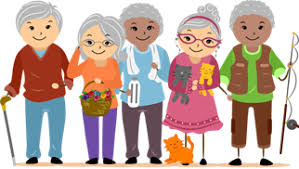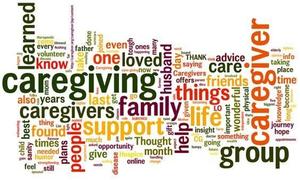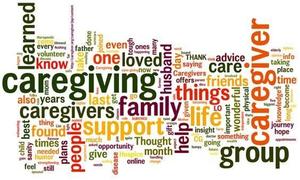Unlike point solutions, Inspiren unifies resident safety, care planning, staffing, and emergency response into a single AI-powered platform.
An artificial intelligence-powered virtual assistant platform for senior living and care providers.
Betting that AI could lighten the clinician load.
Home Instead goal: Applying technology to make home care more efficient.

 Google discovers seniors (sort of) and thus a market is maybe born. There was a breathlessness to the CNBC article on July 23, 2018 – Google is mulling
Google discovers seniors (sort of) and thus a market is maybe born. There was a breathlessness to the CNBC article on July 23, 2018 – Google is mulling  You saw the headline – America is running out of family caregivers. The numbers are daunting. Says Ken Dychwald in
You saw the headline – America is running out of family caregivers. The numbers are daunting. Says Ken Dychwald in  Voice First is changing health and wellness offerings today. Already the
Voice First is changing health and wellness offerings today. Already the  What newcomers have entered the market? Besides ‘longevity market new media’ like
What newcomers have entered the market? Besides ‘longevity market new media’ like  The business model of the Internet is crushing us. Rant on. We could start with Twitter, which is
The business model of the Internet is crushing us. Rant on. We could start with Twitter, which is  Considering the dog days of summer. Dog days – these are the
Considering the dog days of summer. Dog days – these are the  n a short month, heard lots about caregiving and hearing. You have 'conversed' with an older person who cannot hear well without hearing aids but owns an expensive pair which are highly adjustable. But they don't
n a short month, heard lots about caregiving and hearing. You have 'conversed' with an older person who cannot hear well without hearing aids but owns an expensive pair which are highly adjustable. But they don't